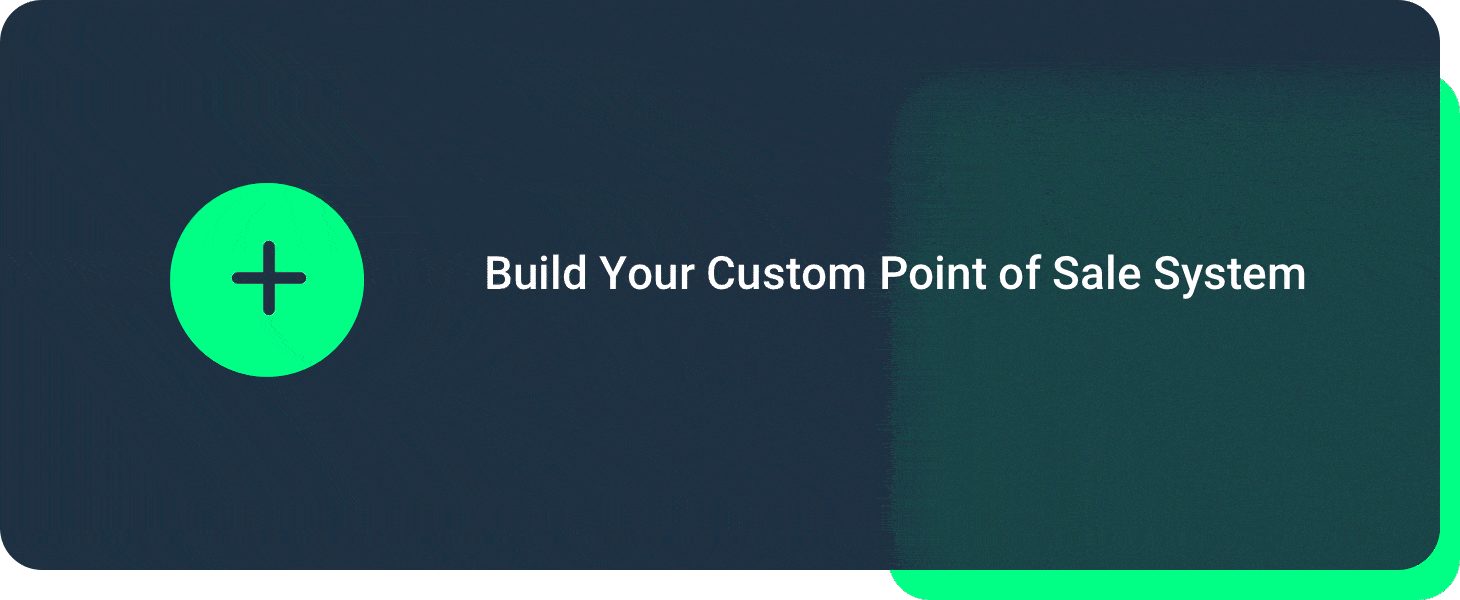“There’s got to be a better way to do this.”
Ever find yourself muttering these words under your breath at the end of a hard day? You’ve got the day’s takings, coins, bills, and receipts, and you’re struggling to reconcile sales data with what’s in the till.
You’re not alone!
Counting, verifying, and balancing your cash registers isn’t always fun or easy, but with a solid process, you can make it manageable instead of stressful.
In this article, we’ll guide you through the ins and outs of cash balancing and detail how it’s vital in preventing theft. We’ll also give you some handy tips for using your point of sale (POS) system to manage cash balancing. Let’s dive in!
What Is Cash Balancing?
Cash balancing, also known as cashier balancing, sounds like a fancy way of saying counting money. But it’s more than that! It’s the process of verifying that the amount of cash in your cash or POS register matches the recorded sales.
You can lean on cash balancing to ensure accuracy and prevent losses. Accurate financial records are essential for your store. You don’t just do it at the end of the day, either. It’s a systematic process that starts before your store opens and involves recording, calculating, and double-checking.
If you don’t take cash balancing seriously, you risk missing financial targets due to discrepancies between recorded sales and actual cash. Financial inaccuracies can disrupt budgeting, affect profit calculations, and even distort your business’s financial health.
Related: GUIDE: How To Use Your Point of Sale Analytics To Increase Profits
If dishonest employees see that you don’t have a system, they can take advantage. Not balancing cash creates opportunities for theft and fraud. Discrepancies also create trouble with compliance. If your records are inaccurate, you might overpay or underpay your taxes.
Lastly, you can damage your store’s reputation. Giving the wrong change and incorrectly tracking transactions can lead to dissatisfied customers and even legal issues.
The Cash Balancing Process
It’s best to break the cash balancing process into manageable steps. Creating a process makes it easier to train employees once you want to hand this task off.
- Starting with the float: The process begins with a ‘float,’ a specific amount of cash you start with in the cash drawer. This acts as your benchmark for the day. It will include different bill denominations to accommodate various transactions. A consistent float helps simplify the end-of-day calculation process.
- Processing transactions: As sales are made, the cash in the drawer increases throughout the day. Maintaining a record of all transactions is essential, often done through a POS system. With a POS system, you can keep track of the sales, log the cash inflow, and maintain a real-time record of your transactions.
- End-of-day balancing: At the end of the day, you’ll subtract the initial float from the total in the cash drawer. This should match with the total sales recorded. If the numbers align, you’ve successfully balanced your cash!
If you do notice discrepancies, it’s best to investigate them immediately. There could be various explanations, including counting errors, transaction recording mistakes, or more severe issues like theft or fraud. To maintain accurate financial records, you must promptly identify and rectify discrepancies.
Cash Balancing Tools
There are various tools you can use to execute the cash balancing process. Each tool comes with advantages and drawbacks. To decide which is best for your business, consider your store’s size, sales volume, and budget.
Cash Registers
Traditional cash registers are a basic tool. They keep cash secure and help in managing transactions. But their functionality doesn’t extend far beyond accepting and storing money and performing basic calculations. With a cash register alone, sales tracking is a manual process. It’s time-consuming and can lead to errors and inconsistencies.
Cash Counting Machines
Retail stores that sell many items at a lower price often deal with multiple cash transactions. It can be challenging to manage and maintain accuracy. Cash counting machines count cash quickly. They can also tell if cash is genuine or fake. However, they don’t track sales.
Point of Sale (POS) Systems
A POS system is a game-changer in cash balancing. It tracks sales, records cash flow, and makes the cash balancing process easier and more accurate. Sales and cash flow are centralized and easily accessible. Many even have features for spotting discrepancies, which can be vital for preventing theft.
A POS system might require a more significant upfront investment than a traditional cash register, but it’s worth it for the time, effort, and accuracy they provide retail businesses.
The Importance of Cash Balancing in Retail
For retail stores especially, cash balancing is crucial to success. From ensuring financial accuracy to acting as a preventive measure against theft, this process is far more than just an end-of-day chore.
Accuracy in Accounting
Profit margins are typically slim in the retail industry, which makes cash balancing even more critical. It plays a vital role in ensuring your profits are accurately recorded.
You can confirm that you have earned what you believe by comparing your actual cash on hand with your recorded sales for the day. Having financial transparency helps you set realistic expectations and make informed decisions.
As a secondary benefit, cash balancing can help prevent overpayments or underpayments. You can ensure that your suppliers, staff, and tax agencies are paid correctly by keeping accurate records of sales and cash on hand. For any successful business, fairness and accountability are essential.
Preventing Theft
Discrepancies in cash balances, such as frequent cash drawer shortages, could indicate employee theft. By tracking each transaction, a POS system helps spot patterns and inconsistencies that can mean trouble.
In addition to protecting your business from internal theft, cash balancing can help you identify and prevent customer theft.
Monitoring and balancing your cash regularly helps you spot patterns that suggest theft, such as frequent shortfalls in cash compared to sales. The regular balancing of money serves as a deterrent for theft and makes it more difficult for thefts to go undetected.
Common Cash Balancing Mistakes and How To Avoid Them
Errors happen. People miscount cash, enter incorrect data into POS systems, and misunderstand transaction receipts. They’re minor mistakes but add up to significant discrepancies in your records. The key to avoiding these types of errors lies in training. Train staff to:
- Double-check their cash counts to avoid miscounting.
- Input correct data into your POS system (provide additional training or a double-checking system if necessary).
- Properly understand and handle receipts.
A well-programmed POS system that’s easy to use is vital.
Fraud can manifest in various ways, such as consistent cash overages (employees might steal cash and replace it later), manipulated receipts, or unusually high refunds or voids. To prevent fraud:
- Perform regular audits to identify irregularities.
- Conduct random spot checks on your POS registers.
- Implement strict controls on voids and refunds. These actions could require manager approval.
- Track voided transactions or changes to your POS system and ensure that all features that can assist you in detecting fraud are enabled.
Answered: What Is Cash Balancing?
Cash balancing isn’t just about counting coins and bills at the end of the day. You need a structured system that your employees are aware of. Keep it simple:
- Count cash at the start and end of the day.
- Perform random spot checks.
- Set employee permissions.
Modern POS systems come equipped with features that help automate the cash balancing process. They track sales, record cash flow, and can even highlight discrepancies. At POS Nation, we designed our system with retail store owners in mind.
Whether you run a small boutique or a grocery store, we can help. Our systems are customizable and robust and can be a game-changer for your business.
Not ready to take the leap yet? We can still help. Our Buyers’ Guide provides an in-depth look at various POS systems, helping you find the perfect match for your business needs.







 by Brian Sullivan
by Brian Sullivan

 by Gina Obert
by Gina Obert

